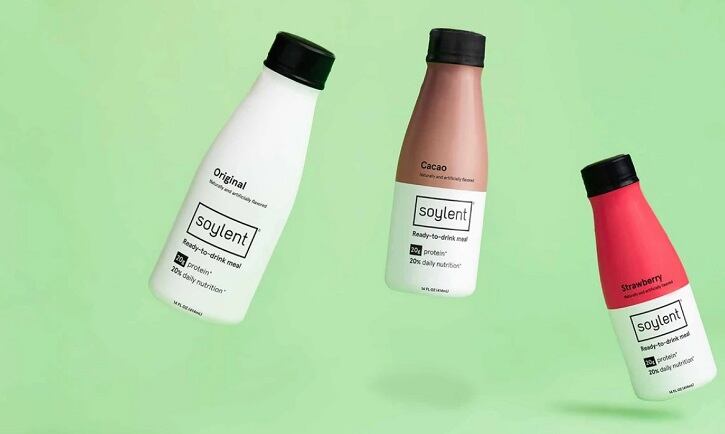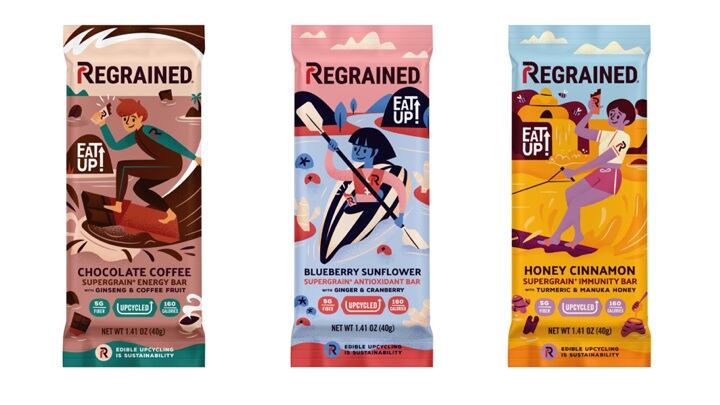However, according to the founder of Premium Growth Solutions James Richardson, startups can plan for exponential growth, which may not be as flashy as unicorn-level success but is more common and still leads to the same place.
In this episode of FoodNavigator-USA’s Investing in the Future of Food, Richardson discusses the difference and frequency of these two trajectories and shares tips for how to drive exponential growth, which he also outlines in more detail in his upcoming book called Ramping Your Brand: How to ride the killer CPG growth curve.
The difference between unicorn and exponential growth
The most obvious difference between unicorns and companies on an exponential growth track is the speed with which they expand distribution and sales and shrink their margins for better revenue, according to Richardson.
“Unicorn growth, if you look at the math … I define as essentially a near vertical growth rate,” with the brand surging to $5 to $50 million in sales in the first year and growing year-over-year in the triple – or sometimes quadruple digit percentage rates, Richardson said.
And while he noted these companies often garner a lot of attention from media, investors and PR firms, they are very rare when placed in context of all the brands and companies that come to market each year in the food and beverage space.
“They basically happen in CPG … every two to three years,” he said, adding, “If you look at the number of brands that are launching, that is beyond a needle in a hay stack.”
Normal exponential growth, on the other hand, is closer to 75% to 200% year-over-year growth and resembles a “quarter pipe at the skate park,” he said.
He noted about 10% of early stage natural, organic food and beverage companies “are riding some version of that at any given time.”
He acknowledges that means 90% are not on this path, meaning the odds are low, but still achievable if a company takes the correct steps early in the process.
Getting on the exponential growth curve
The first step is launching a product or brand in the right category – because not all categories will fuel exponential growth, he said.
“It won’t happen in cooking oil, in a whole bunch of ingredient categories. But it does happen in beverage and a lot of value added snack categories and in some center store categories that are counter-intuitive,” he said.
The second step is to establish stable, above average velocity compared to other products in the category.
Unfortunately, Richardson notes, there is no magic formula for doing this and the tactics for success will vary by product and category. However, one strategy that can help most brands is local event marketing.
“Not the kind that is going on in a trade show… that is way too expensive. It is the more humble stuff – anything from showing up in a farmers market to showing up in concerts to showing up at triathlon events at the finish line. We have all seen those promos. They don’t have to cost a ton if you are clever, but on those high buy-rate categories,” where the time between trial and purchase is small, these events can be very powerful, Richardson said.
He also noted that more formal demos in stores are effective, but on average only return about a 50% conversion rate “if you do it right,” he said.
Richardson promises more tips on picking the right category and getting on the exponential growth curve in his upcoming book, which he said should launch this fall.



